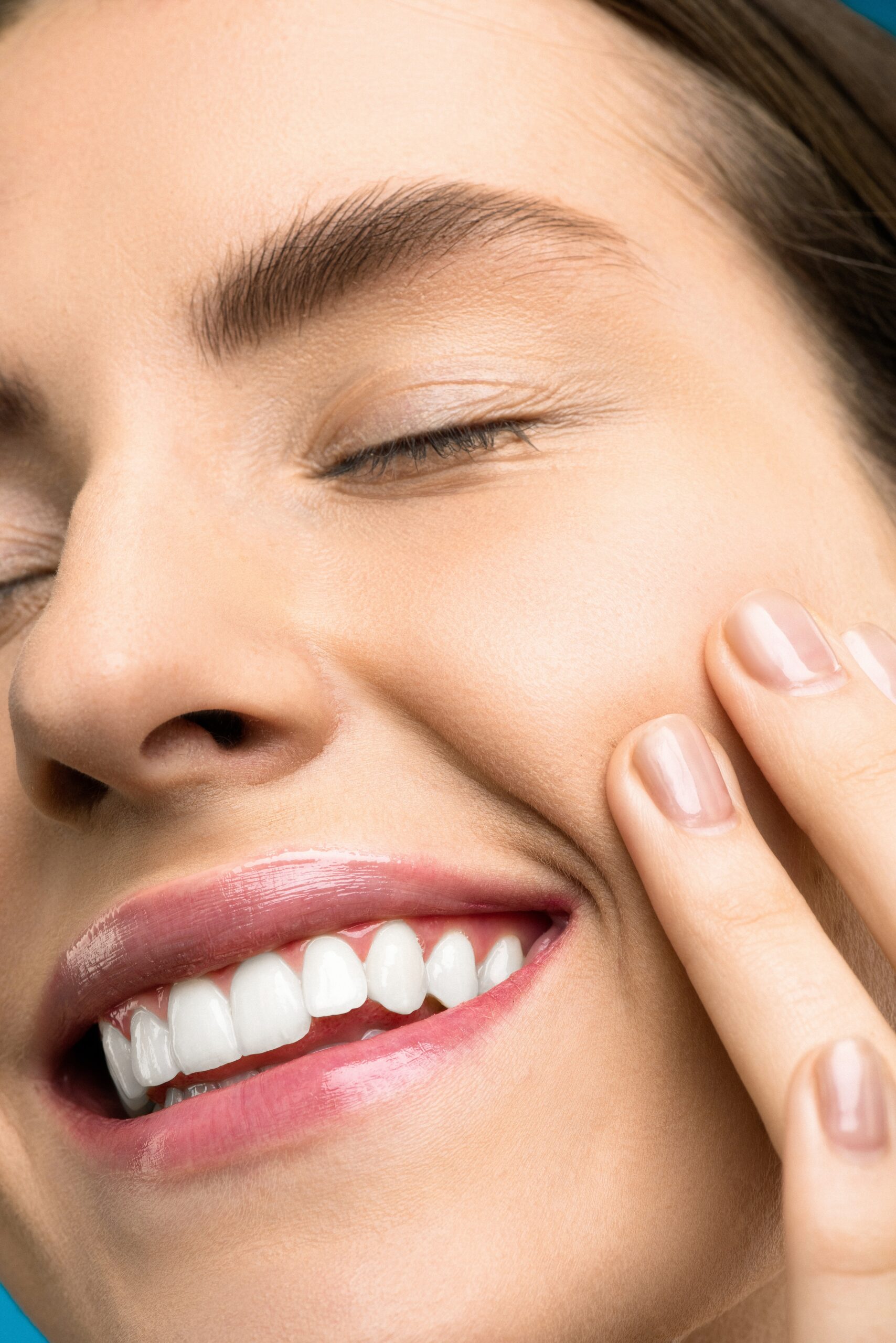The human face is a wonderful canvas of uniqueness, a tapestry stitched with features as varied as the stories it tells. Among these characteristics, the nose stands out as a distinctive and distinct feature with a wealth of genetic, cultural, and personal importance. However, in a world besieged by limited beauty standards and societal biases, the nose, particularly big noses, has been unfairly demonized, forcing many to struggle with low self-esteem, discrimination, and a desire to conform to false expectations.
Using the nose as a focus point, this article explores the concept of face positivity and the embrace of diversity. We will look past the surface judgments and preconceptions that have afflicted persons with wide noses and instead delve into the rich history, anatomy, and cultural significance of this characteristic. By appreciating the beauty of different noses and supporting face positivity, we hope to pave the way for a more inclusive and welcoming world in which everyone is honored for their unique facial features, wide nose or otherwise.
The human nose is a unique organ with a wide range of shapes and sizes. Each nose is unique and has its own tale to tell, but society is often influenced by superficial judgments based on artificial beauty standards. Wide noses, in particular, have faced bias and discrimination as a result of assumptions and preconceptions. This thorough article seeks to delve deep into the topic of broad noses, covering the issues that people with this trait experience and investigating potential medical and cultural remedies to encourage inclusivity and celebrate variety.
Table of Contents
Anatomy of the Nose
Before we go into the problems with wide noses, it’s important to grasp the anatomy of this important face feature. The nose is made up of several parts, including the bridge, septum, nostrils, and nasal passageways. While these pieces contribute to the overall look of the nose, they also provide important functions such as respiration, olfaction, and air filtering.
The Wide Nose: Perception and Reality
Wide noses, often known as broad or flat noses, appear wider in relation to the width of the face than narrower noses. It is crucial to remember, however, that the perception of nose width is subjective and can vary between individuals. What one person deems a “wide” nose may not be considered so by another.
Health Implications of a Wide Nose
Medical Interventions and Solutions
While wide noses are not inherently problematic, some people may seek medical attention for a variety of reasons, including cosmetic or functional concerns. Medical remedies may include:
Rhinoplasty, also known as “nose job,” is a surgical treatment that can change the size and form of the nose. Before exploring this option, it is critical to contact with a knowledgeable surgeon and carefully weigh the risks and advantages.
Corrective surgery may be required in circumstances when the width of the nose interferes with breathing or causes functional difficulties. Procedures to increase nasal airflow and treat structural issues may be included.
Cosmetic Options and Cultural Perspectives
Cosmetic solutions are a personal option that should be chosen based on the wishes and needs of the individual. While cosmetic treatments can affect the appearance of the nose, they do not change one’s intrinsic worth or identity.
Cultural perceptions influence how people perceive broad noses. Wide noses are cherished as markers of beauty, heritage, and identity in some cultures, whereas narrower noses may be preferred in others. To foster tolerance and diversity, it is critical to challenge and widen traditional beauty values.
Celebrating Diversity and Inclusivity
Humanity’s beauty rests in its diversity. Wide noses, like all other face traits, contribute to this diversity’s richness. It is critical to recognize and appreciate each person’s individuality, regardless of nose shape or look.
Inclusion and challenging limiting beauty standards help society as a whole. We can create a more inclusive and compassionate world where everyone is free to be themselves without fear of prejudice or bias by promoting a culture of acceptance and respect for various traits.
Finally, like any other part of human diversity, the wide nose ought to be recognized, loved, and respected. It is neither a flaw or a problem, but rather a distinct characteristic that reflects an individual’s genetic origin and adaptation to their environment.
We have addressed the structure of the nose, the perception versus reality of wide noses, their health implications, and the obstacles and discrimination faced by persons with this trait throughout this long investigation. We’ve also stressed the need of empowering people with wide noses, both via self-acceptance and by fighting cultural preconceptions.
Furthermore, we looked into medical therapies and cosmetic choices for those who want to change the appearance of their nose or solve functional issues. Personal wishes and requirements should always guide these decisions, with careful assessment of the risks and advantages.
Cultural viewpoints shape notions of beauty, and it is critical to challenge and widen these ideals in order to foster tolerance and variety. We can create a more compassionate society where everyone feels respected and welcomed for who they are by doing so.
In the end, recognizing difference and accepting wide noses as part of that diversity is not only fair, but also a way to improve our common human experience. Our differences distinguish us, and it is in our diversity that we discover the genuine beauty of humanity. We may work towards a brighter and more harmonious future by developing a culture of acceptance, tolerance, and inclusivity in which wide noses and all unique traits are appreciated without prejudice or discrimination.
The importance of celebrating the diversity of noses cannot be overstated in the quest to promote face positivity. The nose, which is frequently at the heart of our facial characteristics, is crucial to our appearance and identity. It is a distinguishing feature that varies greatly between individuals, reflecting not only our genetic inheritance but also our diverse experiences and cultural backgrounds.
Throughout this debate, we’ve looked at numerous facets of facial variation, with a special emphasis on the nose. We have recognized the difficulties that people who depart from conventional beauty standards experience, whether because of the width of their noses or any other distinguishing characteristic. These difficulties are frequently caused by societal biases and unrealistic expectations propagated by the media and popular culture.
Face positivity, on the other hand, necessitates a paradigm shift. It encourages us to look past surface prejudices and appreciate the beauty in our differences. Wide noses, like every other face feature, ought to be admired and respected. They should not be categorized as defects, but rather as distinct components that contribute to the fabric of human beauty.
In order to achieve face positivity, individuals must be empowered to embrace their wide noses with confidence and self-assurance. This empowerment begins with self-acceptance, confronting prejudices, and building a diverse culture. By doing so, we build a more inclusive society in which people are appreciated for their particular appearances rather than judged on unattainable beauty ideals.
Furthermore, face positivity promotes diversity while questioning cultural conventions that reinforce restrictive beauty standards. It pushes us to challenge and widen our ideas of beauty, acknowledging that beauty may take many forms and is not bound to a single, homogeneous ideal. Wide noses should be recognized and embraced for their inherent beauty, whether they reflect cultural heritage or are simply a part of an individual’s genetic makeup.
Finally, the path to face positivity is inextricably related to the celebration of different noses. It urges us to adjust our collective thinking away from judgment and toward acceptance. We can build a culture of tolerance and appreciation for the distinctive qualities that make each of us gloriously, truly ourselves by appreciating the diversity of noses and confronting cultural preconceptions.
In a world awash in shallow ideals and airbrushed perfection, it is critical to remember a basic truth: your face is great just the way it is. Your distinct characteristics, from the contours of your nose to the twinkle in your eyes, convey a completely unique story. These idiosyncrasies and features, which are frequently regarded as flaws through a harsh lens, constitute the core of your uniqueness.
Accepting your face as it is does not imply complacency; rather, it indicates empowerment. It acknowledges that beauty is not bound to a single, inflexible ideal. Instead, it’s a kaleidoscope of variation, with each face adding a distinct shade to humanity’s mosaic.
The road to self-acceptance is not always simple, but it is unquestionably worthy. By accepting that your face is perfect as it is, you give yourself permission to be yourself. It’s a bold act of rebellion against our society’s arbitrary beauty standards, a declaration that your worth transcends appearances.
Furthermore, as you embrace your own distinct face, you become a source of empowerment for others. Your confidence spreads, inspiring those around you to let go of their insecurities and accept their unique beauty.
Finally, your face is a work of art, a testament to the vast fabric of human diversity. So, grin with confidence, let your eyes sparkle, and remember that you are perfect just the way you are. In a world that frequently wants to change, reshape, or critique, your face serves as a reminder that authenticity is the ultimate perfection.




